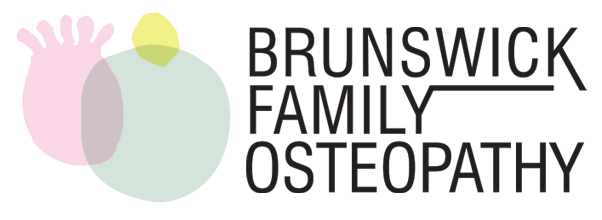
Dry Needling.
Our Osteopaths Tristan, Indigo and Anita have both undertaken extra training in dry needling. If you wish to have dry needling as part of your Osteopathy consultation, please book an appointment with Tristan, Indigo or Anita.
What is Dry Needling?
Dry needling involves the insertion of a very thin needle (much smaller than the needles used for injections or to draw blood) into a ‘trigger point’ or tight point in a muscle or connective tissue that might be contributing to pain or limiting function.
Dry needles are solid and do not take or inject any liquid to or from the body.
Dry Needling is used by osteopaths in conjunction with traditional osteopathic techniques, and osteopaths must complete additional training to be able to use dry needling. It can assist with pain reduction, muscle relaxation, and improving function.
How does it work?
While the complex mechanisms through which dry needling works are still not fully known, it is thought to have several effects. Needle insertion may trigger reactions such as, relaxation of muscles and improving circulation to the area to aid tissue healing and recovery. It is also thought to affect the nervous system and decrease pain.
What conditions may it help with?
Dry needling may help to reduce pain, muscle tightness, and improve joint mobility. Many musculoskeletal conditions commonly present with symptoms such as these, and therefore dry needling can be helpful for treating many acute or chronic conditions such as;
Headaches and Migraines
Neck and lower back pain
Muscle pain or tightness caused by sport, work, or poor posture.
Tendon issues such as tennis elbow or rotator cuff injuries.
Joint sprains
Most patients respond well to dry needling almost immediately, but it can take 1-2 days for full effects to be seen, and several sessions may be necessary for lasting benefits.
Are there any side effects?
Dry Needling is considered a very safe treatment option. While side effects are rare, some patients may experience very minor bleeding or bruising, or feel some discomfort around the treatment area, which can last for a few hours or 1-2 days.
Any serious adverse effects are extremely rare, and if you have any concerns, your Osteopath will be happy to discuss them with you.
Some patients may feel a small pinprick or aching feeling with needle insertion that quickly resolves, many patients feel nothing at all!
There are some patients that we do not recommend dry needling for, these include:
Patients on blood-thinning medication
Patients who are immunocompromised
Pregnant patients in the first trimester
Lymphoedema or Vascular pathologies
Unstable epilepsy
Metal allergies
What is the difference between Dry Needling and Acupuncture?
Whilst these treatments appear similar, acupuncture seeks to address and change the flow of energy around the body and organs through the insertion of needles into “meridians”. Dry needling instead targets specific musculoskeletal problems, and are usually inserted into “trigger points” in connective tissues such as muscles.
